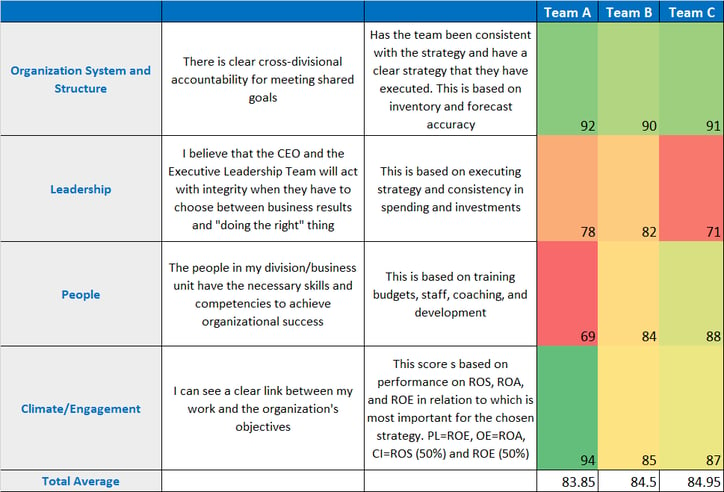Combining Business Simulations and Analytics to Strengthen and Enhance the Learning Experience
Two of the most talked about concepts in the business world today are “Employee Engagement” and “Business Acumen.” To create more employee engagement, leaders have been searching far and wide for things ranging from free food all day long (Google) to unlimited vacation time (Netflix). At the same time leaders are looking for ways to create more employee engagement, they are also looking for employees to have more business acumen skills which typically means having the skills and tools to make the right business decisions.
To develop the capabilities needed to create employee engagement and develop business acumen skills, business leaders are searching for new and advanced approaches. Business simulations present excellent opportunities to satisfy the needs of the changing global leader.
As the world of Business Simulations evolve and become even more valuable as part of a leadership development process, analytical data is becoming more critical on several levels. Advantexe recently completed a major leadership development engagement for a Global 500 company that utilized our AGES Enterprise Simulation platform. In addition to all of the strategic and financial reporting that supports the development of business acumen skills, we have recently added a report called the “Employee Engagement Heatmap.”
The Employee Engagement Heatmap presents participants with quantitative data about the way their simulated employees in their simulated companies are responding to their leadership and execution of strategy.
Yes, you did read that correctly; Advantexe simulations are built to include simulated customers, customer segments, and employees who have wants, desires, and needs from their employers. Some of the metrics of engagement are straightforward such as the algorithms that support and drive morale and turnover, and some of them are more complex such as Clarity in Decision Making Authority.
As part of this blog, I wanted to share a few of the ways that we are using big data and analytics as part of our simulation experience to provide our clients with more insight and value. There are four general categories of measurement in the Heatmaps:
- Organizational Systems and Structures
- Leadership
- People
- Climate/Engagement
Below are just four of the twenty criteria that we use in the complete Heatmap report.

The Heatmap tool presents teams with 20 different criteria of engagement. Each criteria is scored on a scale of 100 where a “100” is excellent. Typically, teams can push a score up to about 117 before the law of diminishing returns starts to come in. Scores between 80-100 are color coded to green; scores 70-79 are color coded to yellow; and scores 69 and below are color coded to red which indicates a potential long-term problem. Each criteria is a function of multiple indices created by the more than 20,000 algorithms that we have developed to drive the simulation.
Observations
- The first and most significant observation is that the team that had the best overall employee engagement (Team C) also had the strongest Business Acumen performance. Employees in the simulated company see a clear link between their work and the organization’s objectives.
- The second observation is that the team that had the lowest overall employee engagement (Team A) also has been identified with a significantly lower People score in the area of being able to provide the skills, tools, and training to lead the company to success.
- The third observation is that the team (Team A) with the best employee engagement and business acumen skills also created the most shareholder value. Team A was able to achieve the highest stock price and total shareholder return.
Additional Reading:




